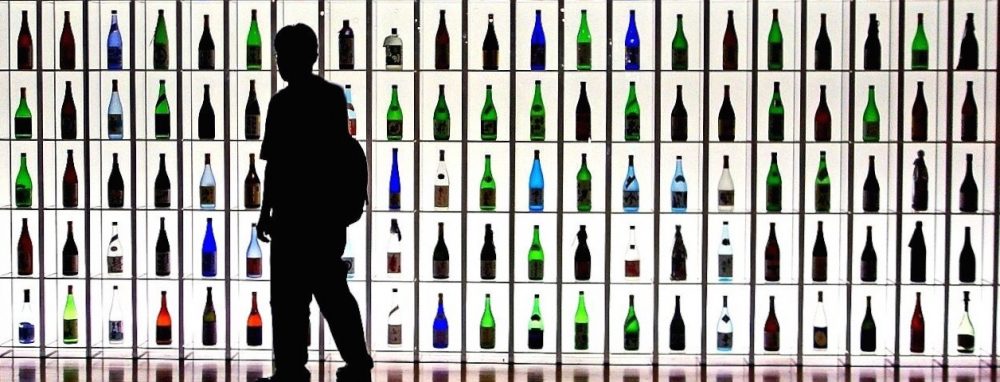2.5 million euro, Santa Rosalia (Palermo)
150,000 e. San Giovanni (Turin)
100,000 e. Sant’Agata (Catania)
45,000 e. San Giovan Giuseppe (Ischia Ponte)
Every saint in Italy has his or her day — if they are the patron saint of a city it can also be a costly one. Topping the list of expensive venerated martyrs is Santa Rosalia of Palermo. The protector against plagues, epidemics and earthquakes as well as the patron of engaged couples, has been celebrated in mid-July for over 375 years. The three-day festival for the beloved "santuzza" features processions of holy relics and elaborate historical floats with a total cost of 2.5 million euro.
Turin, on the other hand, stretches out celebrations for St. John for 9 days with an industrial thrift typical of the city: between fireworks, concerts by youth orchestras and a parade in costume the city spent a modest 150,000 e. The most economical fete takes place on the isle of Ischia, where thanks to contributions of returning immigrants, the local government spends ‘only’ 45,000 e. Celebrations for these these feast days can often be more heartfelt than other religious holidays and are well worth taking in if you get the chance.
Related resources:
www.italiantourism.com/previss.html
For more on Italian celebrations: click on region of interest, then hit the ‘festivals’ link….

 Practicing Catholics should abstain from sending text messages by cell phone on Good Friday, according to the Archbishop of Salerno Gerardo Pierro.
Practicing Catholics should abstain from sending text messages by cell phone on Good Friday, according to the Archbishop of Salerno Gerardo Pierro. An international group of scientists has proved that the body preserved in the Basilica of Santa Giustina in Padua is that of St. Luke the Evangelist, clearing up a millennium of doubt.
An international group of scientists has proved that the body preserved in the Basilica of Santa Giustina in Padua is that of St. Luke the Evangelist, clearing up a millennium of doubt.  Sainthood may have to wait, but Padre Pio has already been made the star of a new television channel. Tele Radio Padre Pio which has a brown-and-yellow logo featuring the Capuchin monk in profile, currently only broadcasts in the area of San Giovanni Rotondo near Foggia but plans are already underway to broadcast by satellite throughout Europe. Padre Pio, expected to be proclaimed a saint in June 2002, is also the subject of countless websites and a radio station.
Sainthood may have to wait, but Padre Pio has already been made the star of a new television channel. Tele Radio Padre Pio which has a brown-and-yellow logo featuring the Capuchin monk in profile, currently only broadcasts in the area of San Giovanni Rotondo near Foggia but plans are already underway to broadcast by satellite throughout Europe. Padre Pio, expected to be proclaimed a saint in June 2002, is also the subject of countless websites and a radio station.